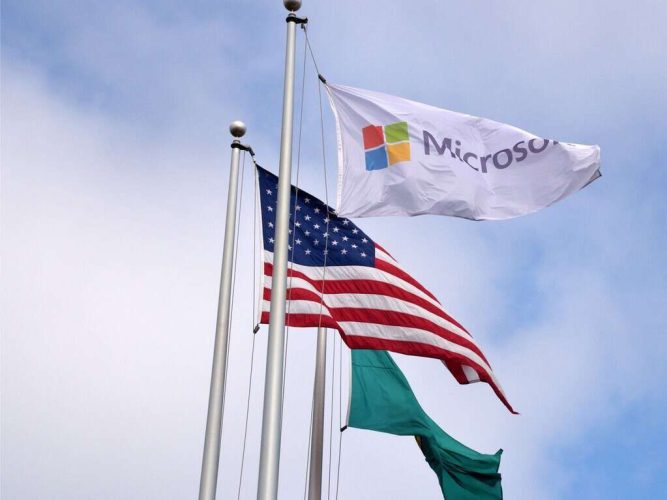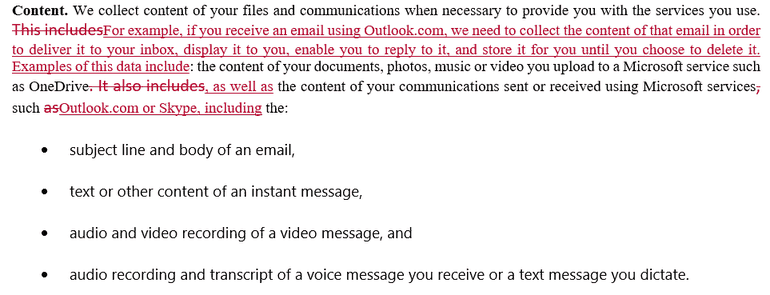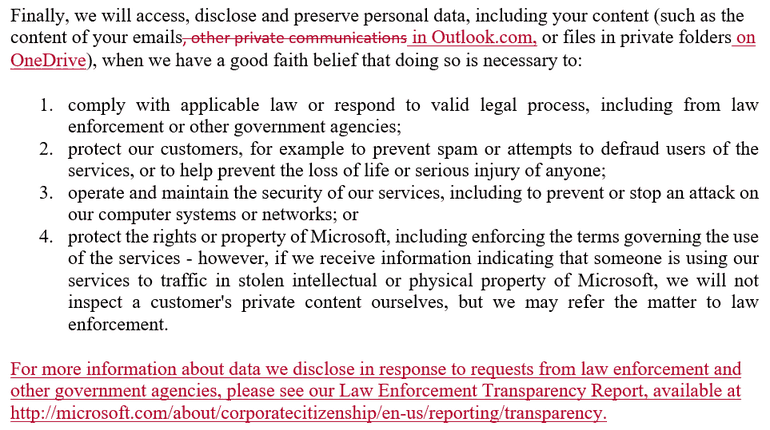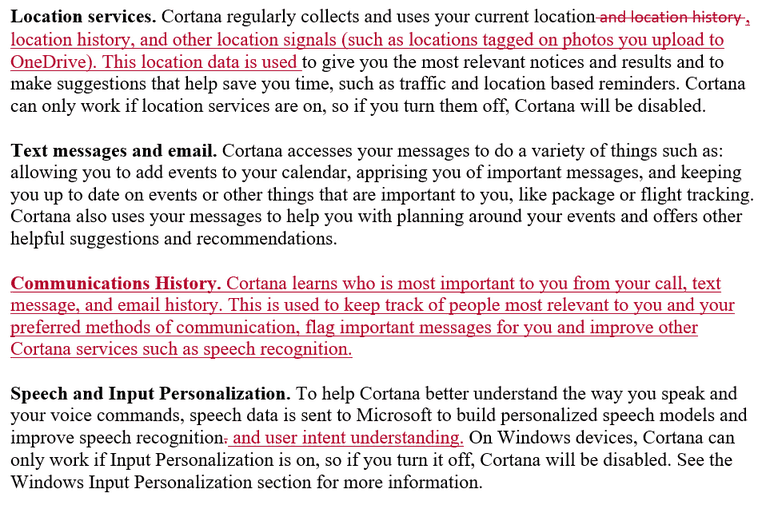Microsoft clarifies its Privacy Statement with newest update
2 min. read
Published on
Read our disclosure page to find out how can you help Windows Report sustain the editorial team Read more

Microsoft has quietly updated their Privacy Statement ahead of the big update to Windows 10, reports Ed Bott at ZDNet, who also detailed the changes. The update brings clarifications to many sections that were topics of attacks for a number of critics.
Specifically, examples are added to the Content section to show how personal data is only collect as part of the service, going to rather hilariously clear lengths by explaining that they need to collect an email because they need to “display it to you”, in one example. A sentence was also added to the “Device encryption” section to clarify that everything is on your personal drive, including the recovery key, and that it won’t be used by Microsoft at all.

Regarding the allegations that Microsoft scans “personal files on local hard disks,” Microsoft has specifically added that the only “files in private folders” they scan are on OneDrive, and that is only for indexing purpose so you can search for your files later. Disclosures are allowed only in cases of request from law enforcers, a report for which they have now also included in the Privacy Statement. Microsoft also adds several sentences to clarify the information they collect for customer support and product activation under “Providing and Improving our services.” A Microsoft spoke person has issued a statement to ensure users of Windows 10 Pro’s compliance with FINRA, SEC and FTC regulations regarding telemetry data collection, and in the case an agreement with customers contradicts the Privacy statement, the agreement will hold.

An update to the Cortana section reflects the evolution of the digital assistant in predicting more of your behaviors and understanding your intent. Finally, there is a new sections for health services to cover the Band and HealthVault, and one to cover the new translation features in Skype “when enabled.”

Overall, Microsoft is clearly making effort in providing as much transparency as possible, while addressing users concerns, presumably to follow up (or prepare for?) on the just-released big new update for Windows 10. Of course, there will always be vocal critics who just like to take problems with everything Microsoft, but it looks like the company is heading in the right direction regarding opening up.








